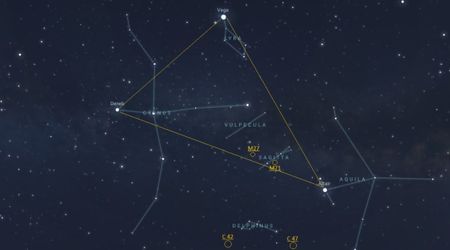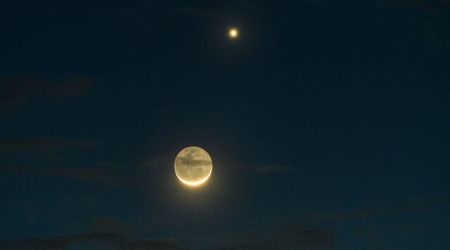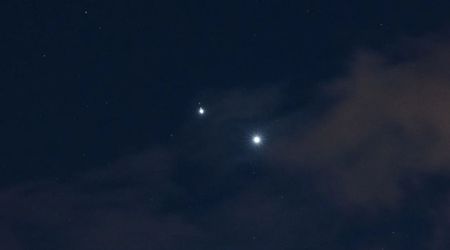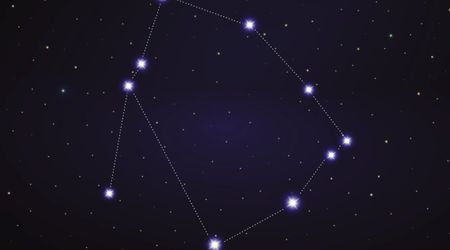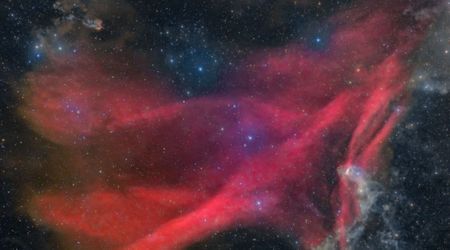Constellation Antlia

A small and faint constellation in the southern hemisphere of the sky. Nicolas Louis de Lacaille introduced it in the 18th century, the constellation represents the air pump invented by English natural philosopher, chemist, physicist and inventor Robert Boyle.
Antlia is visible at latitudes between +45° and -90°, and best visible during the month of April.
Abbreviation: Ant Genitive: Antliae English name: The air pump
Notable Stars in Antlia
Alpha Antliae – The brightest star of the constellation, shining at magnitude 4.2. It is located some 360 light years away from Earth.
Eta Antliae – A double star shining at magnitude 5.2, located 110 light years away from Earth. Its two components (magnitudes 5.2 and 12) are separated by 31 arcseconds.
Zeta Antliae – A wide double star, easily split with binoculars into its two components of 6th-magnitude. One of the component stars also has a 7th-magnitude companion.
Notable Deep Sky Objects in Antlia
NGC 2997 – An 11th-magnitude spiral galaxy discovered in 1793 by William Herschel. It is visible with a 6-inch telescope as a small glow 6? by 5?, with little central condensation.
NGC 3132 (The Southern Ring Nebula) – A bright and large planetary nebula located very close to the border with Vela. Seen through a 6-inch scope it appears as an elliptical disk with an apparent size larger than that of the planet Jupiter.
Discover More Constellations ?
This page is part of our collection of constellation articles. If you enjoyed the read, then you'll love the following articles.

Meet Apus, The Bird of Paradise Constellation

Meet Aquarius, The Water Bearer Constellation

Meet Aries, The Ram Constellation

